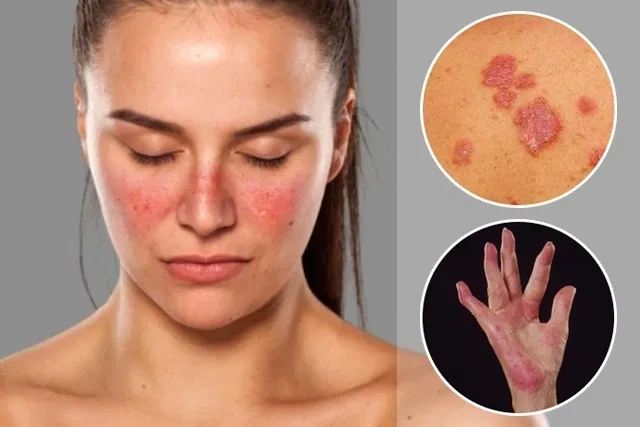Hemophilia is a rare bleeding disorder caused by insufficient clotting factors in the blood. Here are some key points about hemophilia:
- Definition: Hemophilia is characterized by prolonged bleeding after injuries or surgeries due to a deficiency in clotting proteins (clotting factors).
- Symptoms:
- Unexplained, excessive, or easy bleeding
- Joint pain and swelling
- Blood in urine or stool
- Large and deep bruises
- Frequent nosebleeds
- Bleeding gums
- Irritability (especially in children)
- Causes:
- Hemophilia is an inherited genetic condition caused by a defect in the gene responsible for producing clotting factors VIII, IX, or XI.
- These genes are located on the X chromosome, making hemophilia an X-linked recessive disease.
- Complications:
- If left untreated, hemophilia can lead to:
- Deep internal bleeding
- Joint damage
- Infection resulting from transfusion of contaminated blood products
- Adverse reactions to clotting factor treatment due to immune responses.
- If left untreated, hemophilia can lead to:
- Diagnosis:
- Tests include:
- Complete blood count (CBC) to check hemoglobin and platelet count.
- Activated partial thromboplastin time (APTT) to assess bleeding time.
- Prothrombin time (PT) to evaluate prothrombin time.
- Clotting factor tests to measure levels of clotting factors VIII, IX, and XI.
- Tests include:
- Treatment Options:
- Injections of deficient clotting factors or plasma.
- Medications such as aminocaproic acid, tranexamic acid, and desmopressin.
- Physical therapy for joint damage.
- Blood transfusions with clotting factors or plasma.
- Self-Care:
- Exercise regularly (consult a provider first).
- Practice dental hygiene.
- Avoid certain pain medications and blood thinners.
Remember to seek medical attention if you or someone you know exhibits symptoms of hemophilia. 🩸



